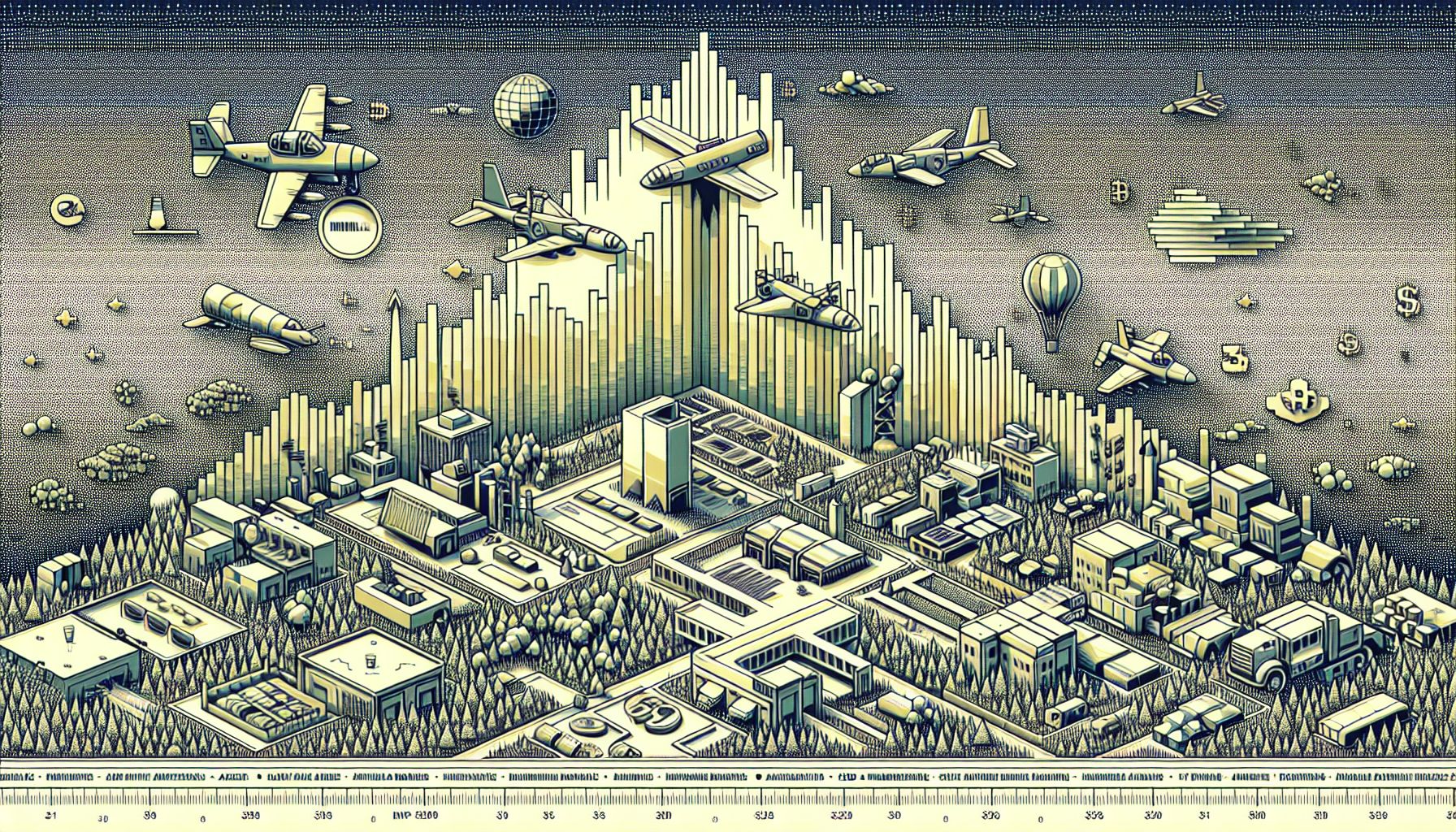Military Radar Market Soars: $22 Billion Forecast by 2032

Washington D.C., Thursday, 14 November 2024.
Rising defense expenditures are propelling the military radars market towards a projected $22.20 billion by 2032, with a 5.10% CAGR from 2024. Airborne and 3D radars dominate, while North America leads with a 35% market share. Technological advancements in AI and machine learning are shaping the industry’s future.
Defense Investments Drive Market Growth
The military radars market, valued at USD 14.19 billion in 2023, is on a trajectory to reach USD 22.20 billion by 2032, driven by increasing defense expenditures and technological advancements. The expected growth rate, with a compound annual growth rate (CAGR) of 5.10% from 2024 to 2032, is a testament to the critical role these systems play in national security and airspace surveillance[1].
Technological Advancements and Market Dynamics
Advanced radar technologies, particularly airborne and 3D radars, are at the forefront of this growth. In 2023, airborne radars dominated the market due to their flexibility and essential role in both offensive and defensive military operations. Similarly, 3D radars, which provide comprehensive spatial data including target altitude, lead the market owing to their sophisticated capabilities[1]. Technological innovations such as artificial intelligence (AI) and machine learning are anticipated to further revolutionize the industry, enhancing radar systems’ effectiveness and operational efficiency[2].
Regional Insights and Strategic Significance
North America, spearheaded by major defense contractors like Lockheed Martin, Raytheon Technologies, and Northrop Grumman, holds a significant 35% of the global market share. This dominance is driven by substantial investments in advanced radar technologies and a robust defense budget. Meanwhile, the Asia Pacific region is projected to be the fastest-growing area, with countries like China making significant investments in cutting-edge radar technologies[1][2]. These regional dynamics underscore the strategic importance of military radars in modern warfare, where rapid detection and response are paramount.
Future Outlook and Industry Impact
As geopolitical tensions rise, the demand for advanced radar systems that can detect, pinpoint, and monitor potential threats is expected to increase. The integration of AI and machine learning into radar technologies is likely to enhance their capabilities, providing military forces with more precise and reliable data for decision-making. The ongoing investment in radar technology is crucial for maintaining national security and ensuring effective airspace surveillance in an increasingly complex global landscape[1][2].